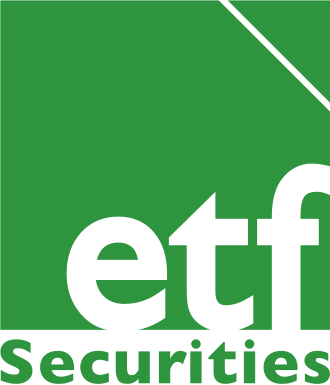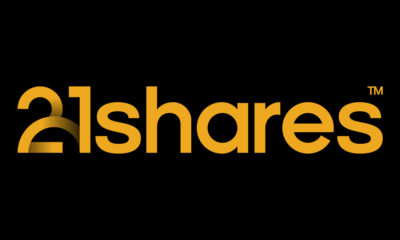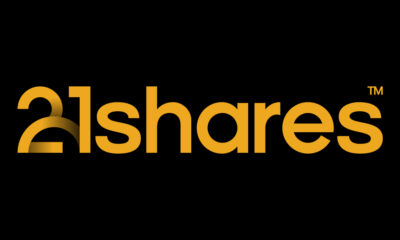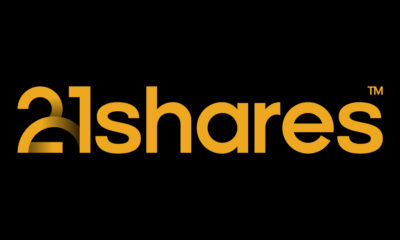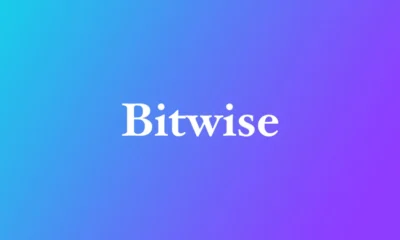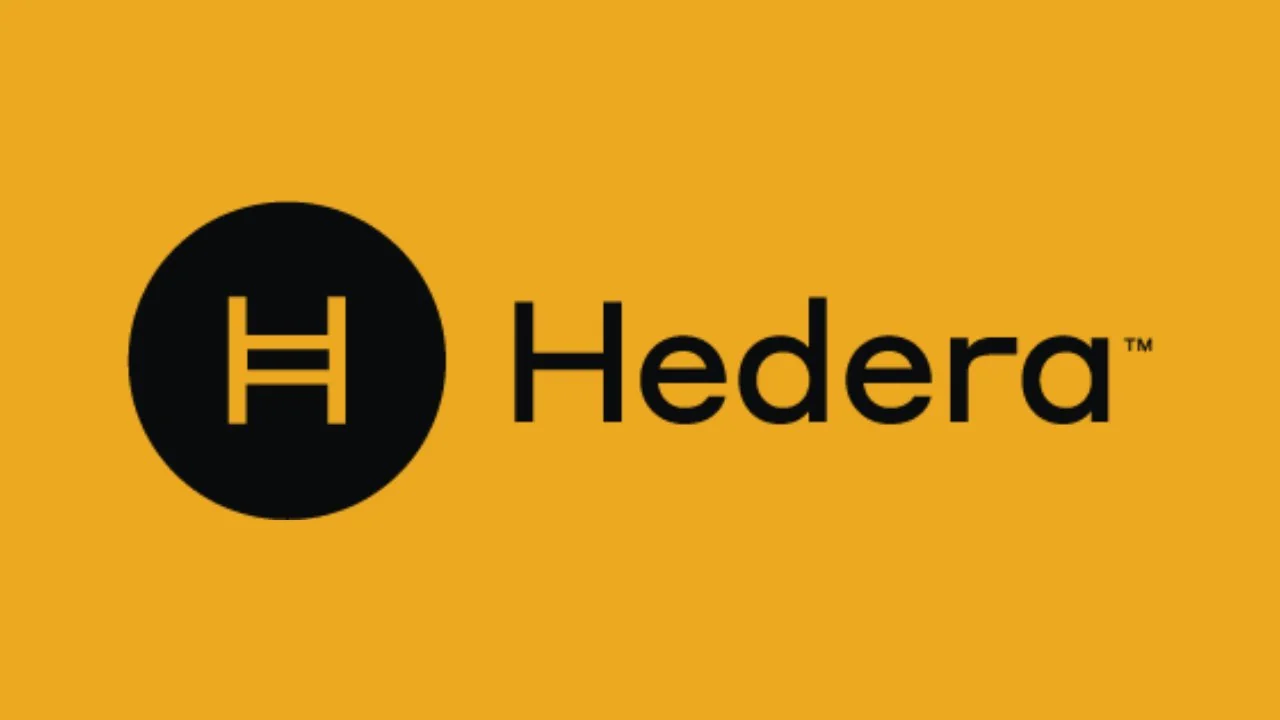Cryptocurrency miners are a fickle group, flipping from one currency to the next depending on their ability to mine it cost effectively. Mining has been proving lucrative for them, but as a consequence prices of tools used in mining cryptocurrencies are soaring, similar to the gold rush seen in the 19th century. Cryptocurrencies are the new Gold rush.
During the California Gold Rush the tools used to mine rocketed in price. The gold pans needed typically cost US$0.20 prior to the rush in 1848 but then rose sharply within a few years to US$8.00. Given that an unskilled labourer’s salary was typically US$0.90 per day during that period this was a substantial investment.
News of the stratospheric rise in prices of popular cryptocurrencies such as Bitcoin and Ethereum has prompted some large investors to develop mining server farms with significant processing power. It is a simple investment; once the mining infrastructure (a powerful processor to solve the algorithmic mining process) is setup and is autonomous, there is very little else to do other than worry about the fluctuating price and your breakeven point.
Cryptocurrency mining can be loosely divided into two main costs, the upfront costs of the hardware and the ongoing cost of power consumption. At current Ethereum prices, when taking into account volatility, it is possible for an investor to breakeven in less than 6 months depending on power costs. Consequently, these server farms are often in locations where power costs are low, improving the breakeven point.
The total mining infrstructure available for Ethereum is quantified by the hashrate (H/s) per second, defined as the speed at which a process is completed in the currencies’ code. In July 2015, this hashrate was 24GH/s, this July it has risen to an astonishing 65,577GH/s according to Etherscan.io. Clearly, there has been considerable growth in the Ethereum mining infrastructure.
Ethereum mining infrastructure capacity
This rise in popularity of Ethereum has also led to hobbyists building mining infrstructure using gaming graphics cards (GPUs). Hobbyist miners are building rigs often with up to 6 GPUs (much more than the single GPU needed for gaming) and consequently certain GPUs are rising rapidly in price and becoming scarce. The miners favour those graphic cards that have a high hashrate while being economic on electricity, this has led to a few very specific cards beings used.
It is normal for computer hardware prices to decline overtime as new models make them obsolete. This has not been the case for the Radeon RX480 GPU, which has risen 82% in recent months, and now superseded by the newer RX570 model, which has since risen 182% over the last month. In stark contrast to the GeForce GTX 1050 GPU prices, which is not popular amongst miners and subsequently barely risen over the same time period.
Prices for mining suitable & Non- suitable GPUs
Both these GPUs are extremely popular due to their high hashrate and power efficiency versus price and are currently very difficult to source on the open market.
It has become increasingly difficult to mine bitcoin due to the demanding processor power required, particularly for the hobbyist. This pushed many miners to switch to Ethereum creating significant volatility in both currencies, but it is now becoming increasingly difficult to mine Ethereum too.
We may find these hobbyists switching to a new cryptocurrency that requires less processor power to mine. This fickleness from miners is likely to exacerbate cryptocurrency volatility. Furthermore, it is becoming evident that GPUs are the gold pans of today, a boon for chipmakers.
James Butterfill, Head of Research & Investment Strategy at ETF Securities
James Butterfill joined ETF Securities as Head of Research & Investment Strategy in 2015. James is responsible for leading the strategic direction of the global research team, ensuring that clients receive up-to-date, expert insight into global macroeconomic and asset class specific developments.
James has a wealth of experience in strategy, economics and asset allocation gained at HSBC and most recently in his role as Multi- Asset Fund Manager and Global Equity Strategist at Coutts. James holds a Bachelor of Engineering from the University of Exeter and an MSc in Geophysics from Keele University.

 Nyheter3 veckor sedan
Nyheter3 veckor sedan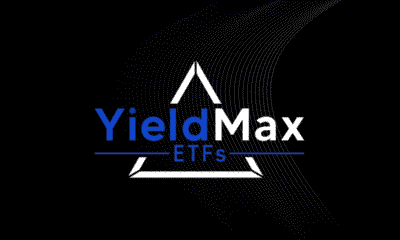
 Nyheter4 veckor sedan
Nyheter4 veckor sedan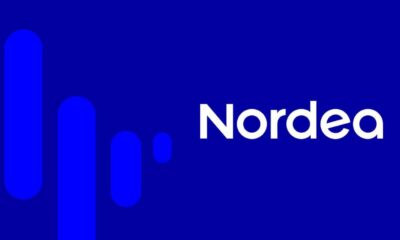
 Nyheter3 veckor sedan
Nyheter3 veckor sedan
 Nyheter3 veckor sedan
Nyheter3 veckor sedan
 Nyheter4 veckor sedan
Nyheter4 veckor sedan
 Nyheter2 veckor sedan
Nyheter2 veckor sedan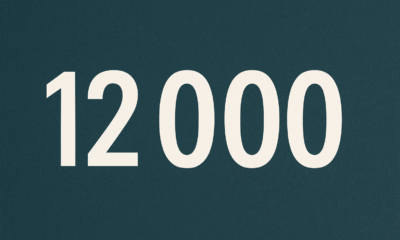
 Nyheter2 veckor sedan
Nyheter2 veckor sedan
 Nyheter2 veckor sedan
Nyheter2 veckor sedan
